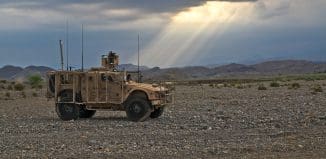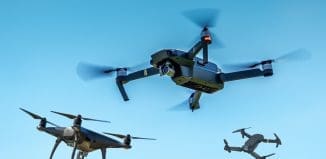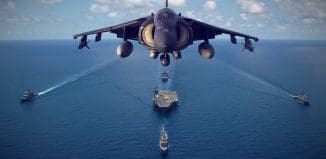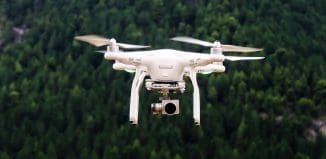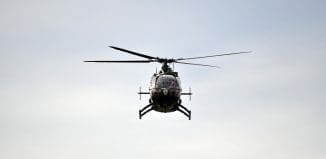The US Air Force wants You to build their next drone engine
This post is also available in:  עברית (Hebrew)
עברית (Hebrew)

The Pentagon hopes that the next Predator is in someone’s garage.
The US Air Force (USAF) recently announced a $2 million prize for the U.S. citizen who can design the best new engine. It’s the largest prize ever from a military service, according to Air Force Lt. Col. Aaron Tucker.
According to the Air Force announcement, as quoted in a report by Defense One, they are after the following: “A successful 100-horsepower turboshaft engine powered by Jet A fuel, which must be able to demonstrate a brake-specific fuel consumption less than or equal to 0.55 pounds of fuel per horsepower per hour, and generate at least 2.0 horsepower per pound.”
The overall goal is to create a power plant with the fuel efficiency of a piston engine and the low weight of a turbine engine. A 100-horsepower engine may sound like a small deal, and in a way it is, but that doesn’t mean it’s insignificant. It’s about the same output as the 115-hp engine that drives the General Atomics MQ-1 Predator UAV (unmanned aerial vehicle).
Register to iHLS Israel Homeland Security
 Lt. Col. Tucker says there’s currently no destination platform for the engine. Instead, it’s an attempt to spur innovation in the weight and horsepower class occupied by the Predator, the most significant unmanned military platform that the world has ever seen. “What we’re seeing is a lot of activity, a lot of systems that are in production, and this seems to be a place where we can stand to get some technology investment.”
Lt. Col. Tucker says there’s currently no destination platform for the engine. Instead, it’s an attempt to spur innovation in the weight and horsepower class occupied by the Predator, the most significant unmanned military platform that the world has ever seen. “What we’re seeing is a lot of activity, a lot of systems that are in production, and this seems to be a place where we can stand to get some technology investment.”
The Predator first flew in 1994 as a spy drone. The Pentagon began phasing it out years ago in favor of the MQ-9 Reaper, which sports a 950-horsepower engine, a far larger payload, better electronics, and twice the speed and operating ceiling. Nevertheless, if the Predator has lost popularity in Washington, it’s gaining fans in militaries around the world. The Italian Air Force flies an unarmed reconnaissance version. Even the Chinese have built their own more-capable knock-off, the Cai Hong, or CS 4; it has a 2,100-mile range, almost fivefold the Predator’s.
According to Lt. Col. Tucker, “we see there’s a need for increasing the fuel efficiency for this UAV-class engine.” If the Air Force Prize succeeds, it could lead to UAVs that resemble the Predator but that can fly farther, carry more weapons and feature superior performance.



